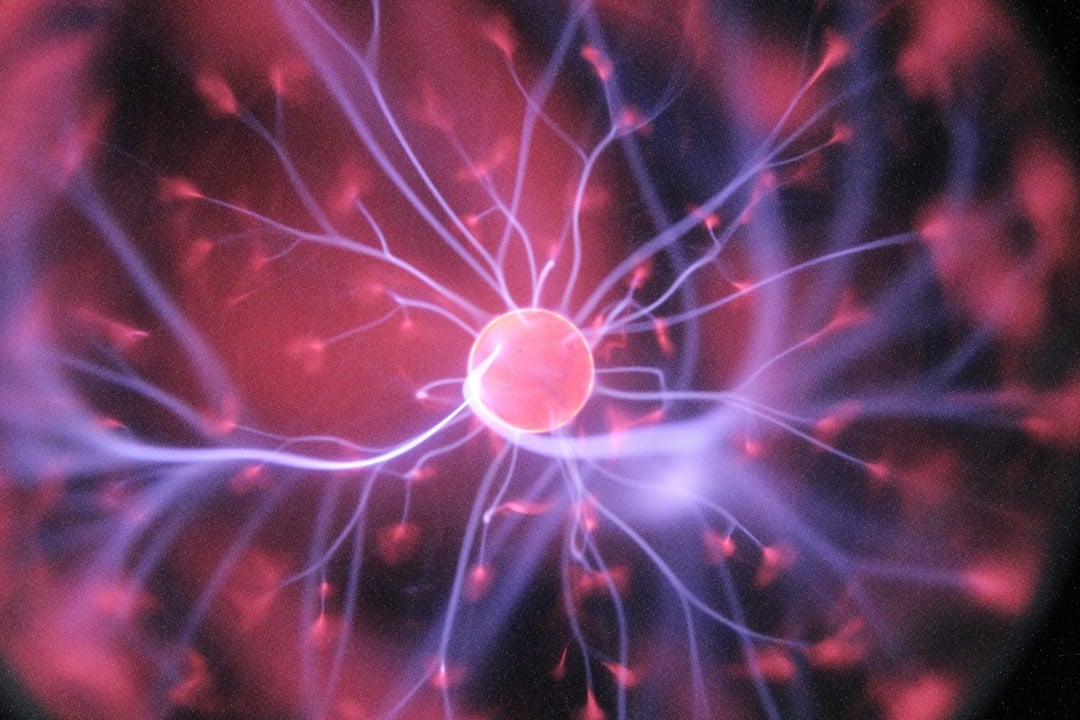Neurofeedback Therapy is not a new technology, however, modern applications like advanced video graphics and displays have given it a fresh look and feel. Neurofeedback has been thoroughly studied over decades and, put simply, is a method that helps patients visualize and control their brain waves consciously.
Electroencephalography (EEG) is recorded during neurofeedback therapy. Then, recorded data is extracted and displayed to patients in a feedback loop in the form of audio, video, or a combination of both. During therapy, patients become aware of the changes occurring on the screen and will develop the ability to consciously make changes and see the response in real-time. Neurofeedback therapy mainly tracks the alpha, beta, delta, theta, and gamma frequencies or a combination of them.
What Do Electroencephalograms Measure?
When neurons inside the brain are activated, they produce electrical pulses. By strategically placing electrodes on the head, the electrical activity of the brain can be observed and recorded.
These patterns of electrical activity, known simply as brain waves, are identified by their amplitudes and frequencies. Frequency is measured by the number of waves per second (Hz), while amplitude corresponds to the power of these waves measured by microvolt (μV).
Decoding the Different Brain Waves
Each of the variations of brain waves has been defined by a specific range of frequencies. Adding to that, each brain wave variant is also associated with some form of physiological response such as sleep, thinking, recalling, and learning.
Practitioners can get a better understanding of what is occurring in the brain at that moment based on the brainwave frequency that is being detected. The following table, presented in a scientific review by the NIH helps identify each frequency and its characteristics.
| Common brainwave frequency | Frequency range (Hz) | General characteristics |
| Delta | 1–4 | Sleep, repair, complex problem solving, unawareness, deep-unconsciousness |
| Theta | 4–8 | Creativity, insight, deep states, unconsciousness, optimal meditative state, depression, anxiety, distractibility |
| Alpha | 8–13 | Alertness and peacefulness, readiness, meditation, deeply-relaxed |
| Lower alpha | 8–10 | Recalling |
| Upper alpha | 10–13 | Optimize cognitive performance |
| SMR (sensorimotor rhythm) | 13–15 | Mental alertness, physical relaxation |
| Beta | 15–20 | Thinking, focusing, sustained attention, tension, alertness, excitement |
| High beta | 20–32 | Intensity, hyperalertness, anxiety |
| Gamma | 32–100 or 40 | Learning, cognitive processing, problem-solving tasks, mental sharpness, brain activity, organize the brain |
Neurofeedback Therapy at Hope Brain & Body Recovery Center
With regard to what you actually see on the screen, there is a range of different methods and outputs that the information can be displayed in. It could be a simple visual, displayed in the form of a ‘video game’. It can also be integrated into music or video applications where the program interrupts when your wave patterns deviate from the desired acceptable range. When your brain is operating in a positive way, the program recognizes that behavior with rewards.
Dr. Joseph Schneider and his team at Hope Brain and Body Recovery Center offer our patients state-of-the-art neurofeedback therapy. Our therapy integrates advancements in modern technology with decades of proven science to provide the most beneficial and effective therapy sessions. The best way to know if neurofeedback therapy can help you is to schedule an initial consultation, during which we can assess your condition further.
Click here to visit our full page on Neurofeedback Therapy
Who Is An Ideal Candidate For Neurofeedback Therapy?
There is a wide range of potential applications for neurofeedback therapy. It is most effective when used for conditions involving the brain, meaning psychological, cognitive, behavioral, emotional, and performance-based conditions. Neurofeedback therapy has been used to help train and improve the following conditions:
- Cognitive decline including poor memory
- Traumatic brain injuries
- Behavioral disorders such as anger, rage, and/or violence
- Seizures
- Anxiety and Depression
- Attention Deficit Disorder (ADD or ADHD)
- Post-Traumatic Stress Disorder (PTSD)
- Insomnia/Sleep disturbance
- Headache/Migraines
- Autism
- Peak Performance
Neurofeedback therapy can also be used to supplement your current therapy or treatment programs, as the combination of multiple approaches can produce results faster.
Neurofeedback Therapy Available in Chadds Ford, PA
If you or a loved one are experiencing cognitive, behavioral, or emotional-based disorders, you may be an ideal candidate for neurofeedback therapy. This therapy can be used in conjunction with other helpful methods or as standalone assistance.
Call our offices to speak with a member of our team or schedule a consultation online today!





